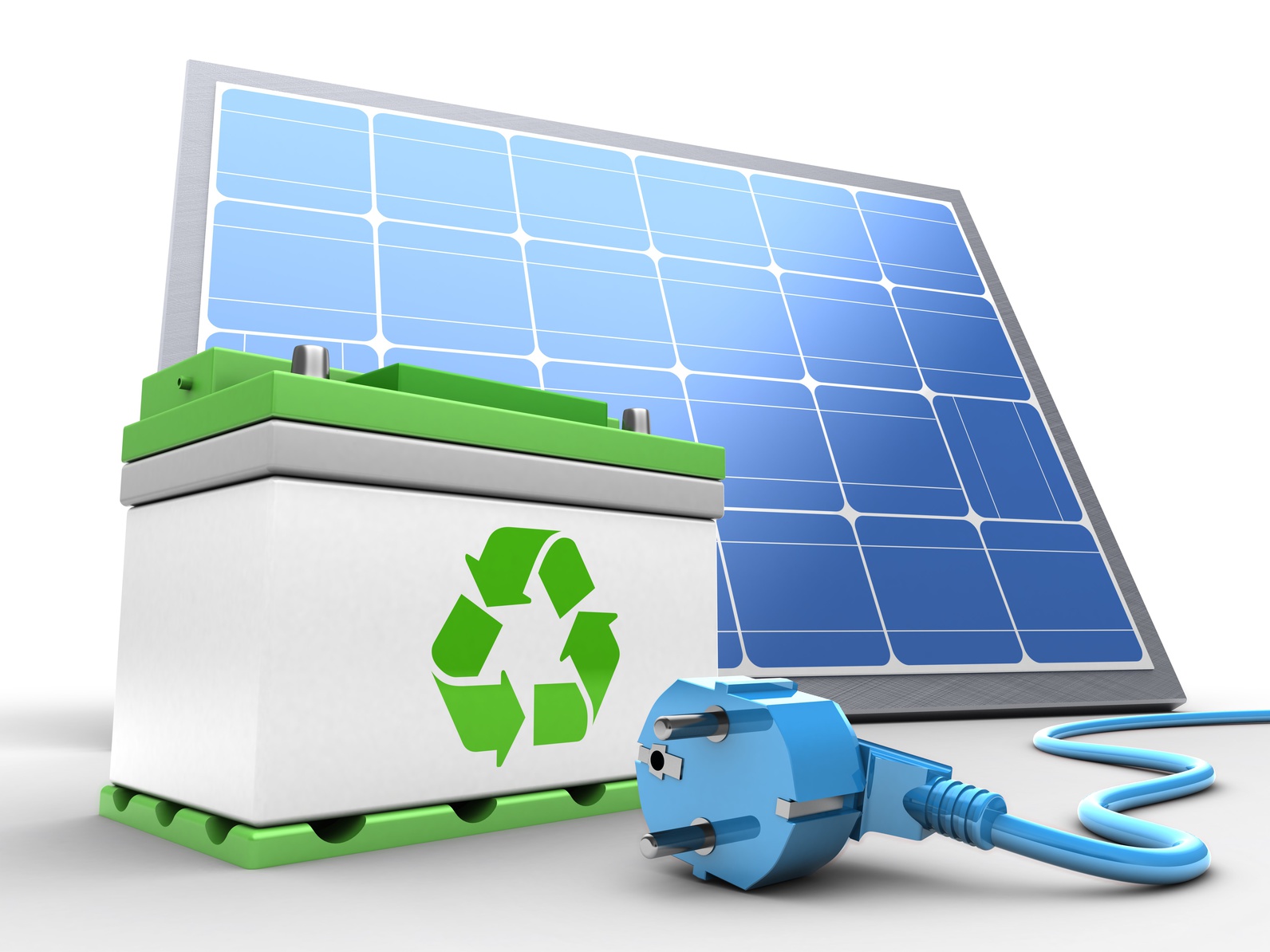The Boom of New Technologies in Photovoltaics: Overcoming the Limits of Solar Energy
Photovoltaics, the conversion of sunlight into electricity, is being revolutionized by new technologies that are making the solar industry more efficient and sustainable. These innovations have become a driving force towards clean energy and reducing our dependence on fossil fuels. Here, the latest technologies in photovoltaics that bring hope for a better and greener future.
Perovskite solar cells: one of the most exciting new technologies is perovskite solar cells. They have a crystalline structure that will replace traditional silicon solar cells. They are cheaper and easier to manufacture, yet achieve high efficiency in converting sunlight into electricity.
Bifacial solar panels: These panels are able to absorb solar radiation not only from above but also from reflected radiation from the ground. This means that they can generate electricity even in low sunlight or on surfaces with high reflectivity, such as snow. This technology increases the overall efficiency of solar panels.
Transparent solar panels: The development of transparent solar panels makes it possible to harness solar energy in places where traditional panels could not otherwise be installed. These panels can be integrated into windows, transparent building envelopes and other structures. Transparent solar panels offer unlimited potential for solar energy, especially in cities.
Solar coatings: Innovative technologies make it possible to apply thin layers of solar material to various surfaces, including roofs and building facades. These solar coatings can be part of everyday life, increasing the availability of solar energy.
High capacity batteries: Combined with solar panels, batteries play a key role in storing energy for nighttime or cloudy days. New high-capacity batteries, such as lithium-sulphur technology, allow for more efficient storage and use of solar energy.
IoT and data monitoring: the Internet of Things (IoT) and advanced sensors enable detailed monitoring and control of solar systems. This means better performance management and maintenance, leading to increased overall efficiency of solar installations.
Nanotechnology and quantum dots: Nanotechnology enables the development of solar materials at the atomic level. Quantum dots are nanostructures that can significantly increase the efficiency of solar cells by increasing the absorption of solar radiation.
Developments in manufacturing: Improvements in manufacturing processes, including solar cell printing and 3D printing, reduce the cost of solar panel production and increase the availability of solar panels.
New technologies in photovoltaics offer a promising future for renewable energy. These innovations not only increase the efficiency of solar systems, but also enable their integration into a wide range of applications and environments.




